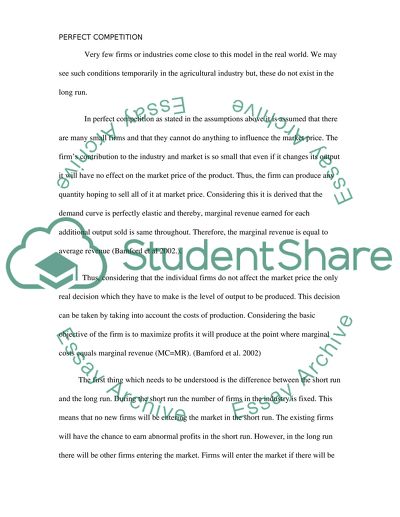Cite this document
(“Perfect Competition Essay Example | Topics and Well Written Essays - 1750 words”, n.d.)
Retrieved from https://studentshare.org/macro-microeconomics/1418194-perfect-competition
Retrieved from https://studentshare.org/macro-microeconomics/1418194-perfect-competition
(Perfect Competition Essay Example | Topics and Well Written Essays - 1750 Words)
https://studentshare.org/macro-microeconomics/1418194-perfect-competition.
https://studentshare.org/macro-microeconomics/1418194-perfect-competition.
“Perfect Competition Essay Example | Topics and Well Written Essays - 1750 Words”, n.d. https://studentshare.org/macro-microeconomics/1418194-perfect-competition.


